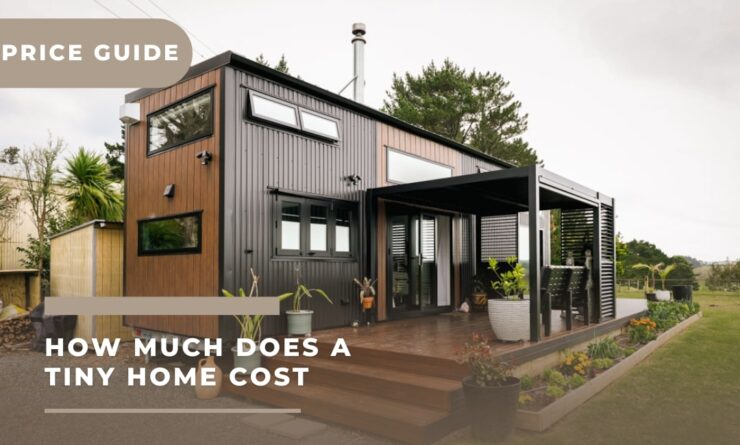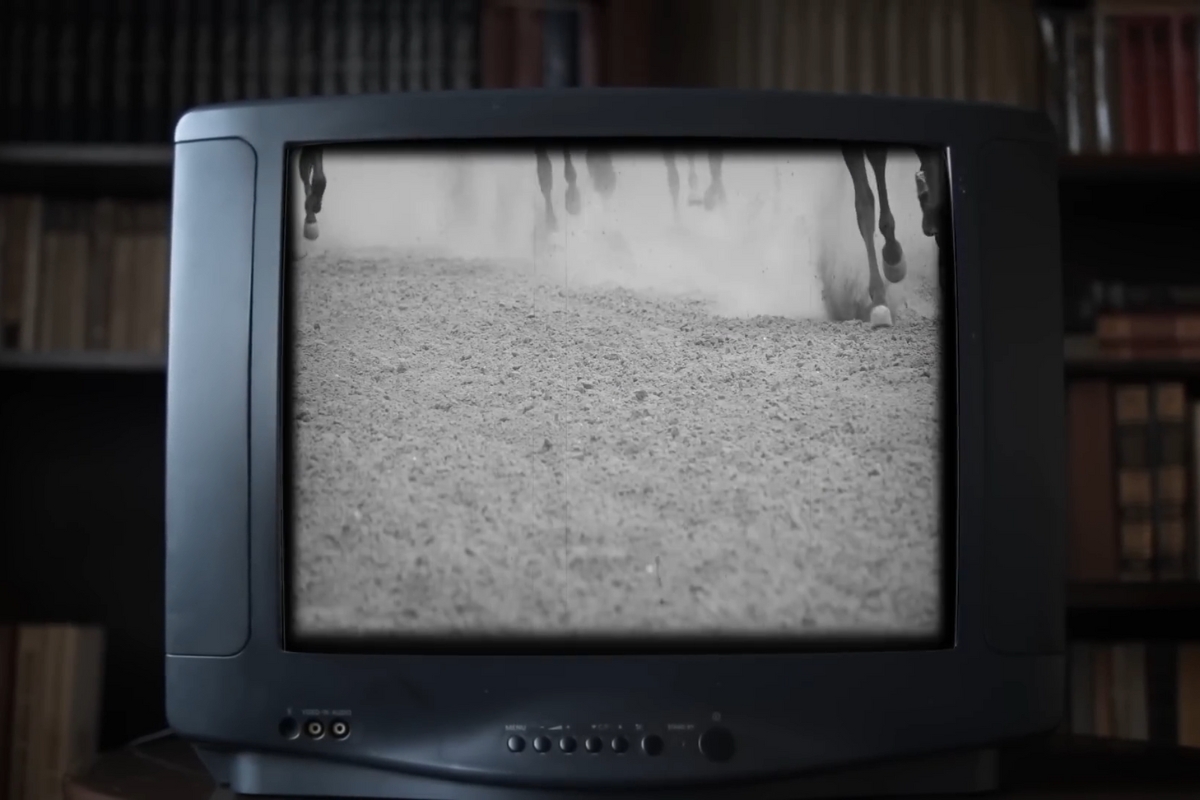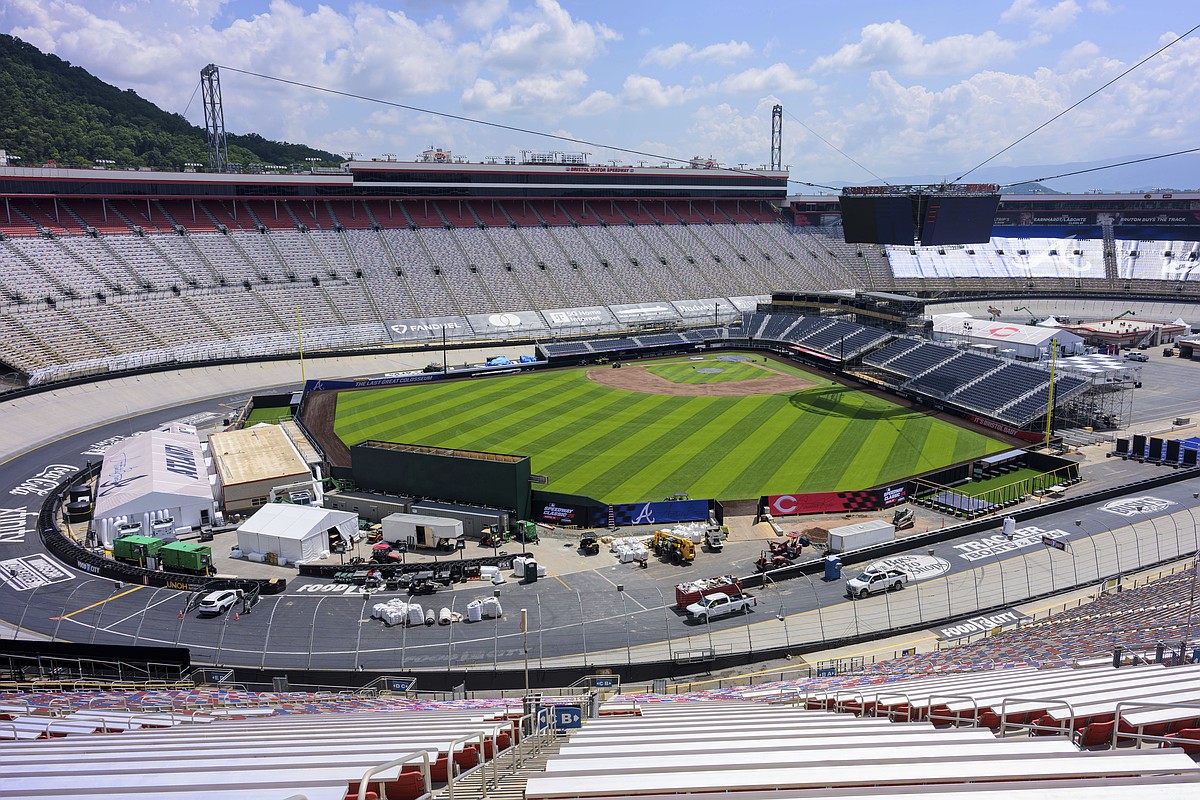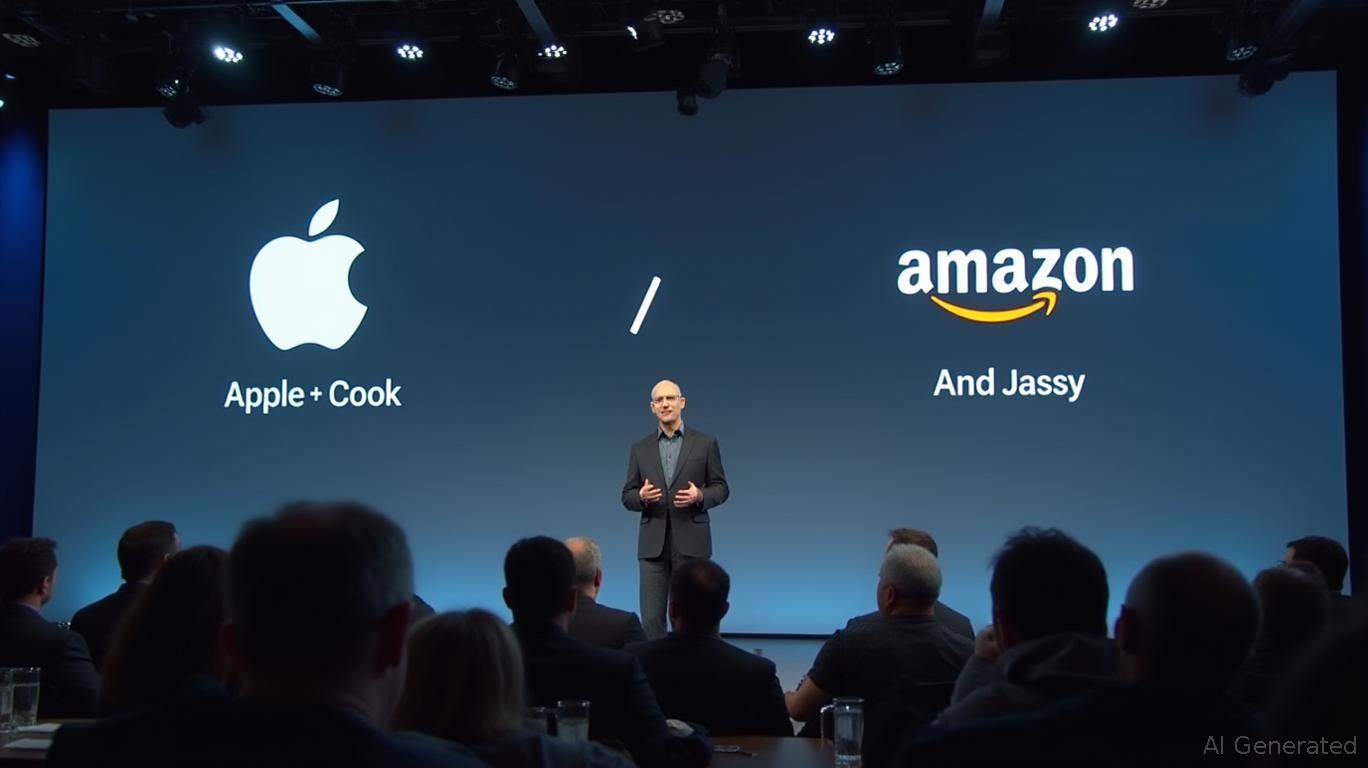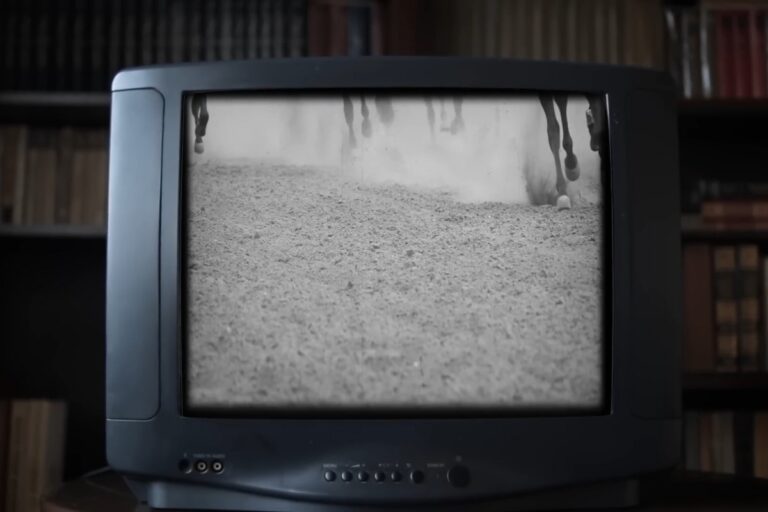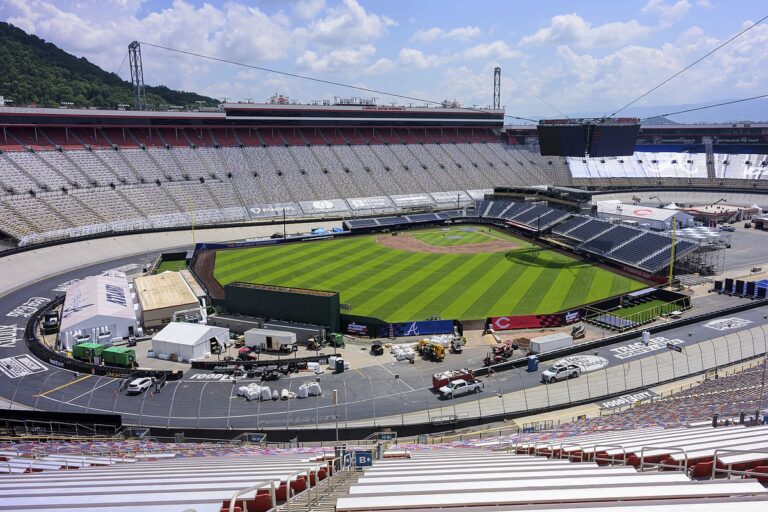Tiny homes, a trend that has captured the hearts of many, are not only a testament to minimalist living but also a reflection of efficient space utilization.
On average, constructing one of these compact abodes will set you back anywhere from $30,000 to $70,000. This price range encompasses both the cost of materials and the labor required to bring the vision to life.
When you break it down by square footage, the cost of a tiny home ranges from $150 to $450. Several factors influence this price, such as the overall size of the house, the quality of finishes chosen, and whether the house is mobile (on wheels) or stationary (on a foundation).
Interestingly, if you’re looking to save a bit, prefab tiny homes tend to be more wallet-friendly compared to their custom-designed counterparts. Opting for a prefab design can be both a time and cost-effective choice for potential tiny homeowners.
| Size | Length | Prefab tiny house cost* | Custom-built tiny house cost |
|---|---|---|---|
| Small (90 – 250 SF) | 12′ – 20′ | $15,000 – $50,000 | $30,000 – $70,000 |
| Medium (250 – 300 SF) | 22′ – 28′ | $30,000 – $80,000 | $50,000 – $125,000 |
| Large (300 – 400 SF) | 30′ – 40′ | $45,000 – $100,000 | $80,000 – $150,000 |
| Extra-large (400 – 600 SF) | > 40′ | $70,000 – $125,000 | $100,000 – $200,000+ |
Building a Dream: Custom Tiny House vs. Prefab Options
When diving into the world of tiny homes, one is met with a plethora of choices. Among the most significant decisions is whether to opt for a custom-built tiny house or to go with a prefab version. Each has its own set of advantages, features, and price points.
A custom-built tiny house is a bespoke creation, tailored to the owner’s specific desires and needs. On average, these personalized abodes range from $50,000 to a whopping $140,000, with the final price largely dependent on the size and the array of features incorporated.
These homes are often a reflection of the owner’s unique style and preferences, making them truly one-of-a-kind.
On the other hand, prefab tiny houses offer a more standardized yet efficient approach. These homes come in various stages of completion: from unassembled kits that give owners a hands-on building experience, to finished exterior shells that allow for interior customization, to fully finished homes equipped with all the necessary fixtures and appliances. The price spectrum for prefab tiny homes is broad, starting as low as $4,000 and soaring up to $80,000 or even more.
| Type | Average cost | Description |
|---|---|---|
| Prefab kit | $4,000 – $30,000 |
|
| Prefab exterior shell | $15,000 – $40,000 |
|
| Prefab tiny house (fully finished) | $25,000 – $80,000 |
|
| Custom-built tiny house | $50,000 – $140,000 |
|
Comparing Costs: 2-Bedroom vs. 3-Bedroom
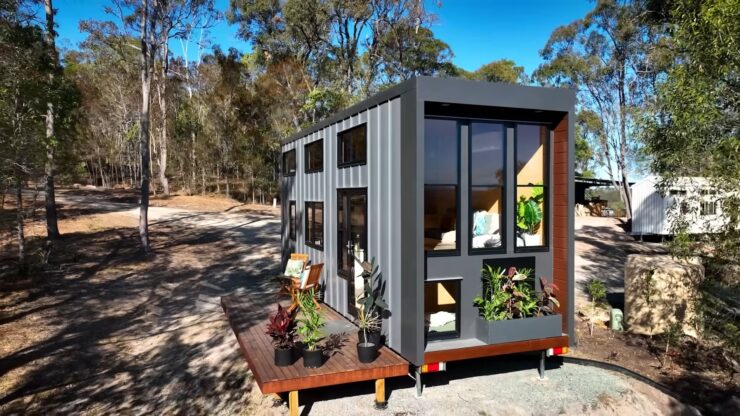
The allure of tiny houses lies in their efficient use of space, minimalist design, and often, a smaller carbon footprint. But even within this niche world, there’s a spectrum of choices, especially when it comes to the number of bedrooms. Let’s delve into the cost differences between 2-bedroom and 3-bedroom tiny houses.
| Bedrooms | Average cost (prefab)* | Average cost (custom-built) |
|---|---|---|
| Studio | $15,000 – $50,000 | $30,000 – $70,000 |
| 1 bedroom | $30,000 – $80,000 | $50,000 – $125,000 |
| 2 bedrooms | $45,000 – $100,000 | $80,000 – $150,000 |
| 3 bedrooms | $70,000 – $125,000 | $100,000 – $200,000+ |
2-Bedroom:
A 2-bedroom tiny house offers a balance between compact living and adequate space for a small family or a couple. The cost for such a home varies widely based on whether it’s a prefab model or a custom-built design.
On average, potential homeowners can expect to spend anywhere from $45,000 to $150,000. The lower end of this range typically represents prefab models, which are more standardized and might be less expensive due to bulk manufacturing processes. On the higher end, custom-built homes reflect individual preferences, unique designs, and often, higher-end materials.
3-Bedroom:
Three-bedroom tiny houses are a rarity in the market, given the space constraints. However, innovative builders have risen to the challenge, offering two-story models that cleverly incorporate extra bedrooms or lofts.
Names like the Denali Bunkhouse, the Charme, the Elmore, and the Pemberley might ring a bell for those familiar with the tiny house community. These models often feature an upper floor, which can house additional bedrooms or versatile loft spaces. The cost of these homes can vary significantly based on the design, materials used, and the brand reputation of the builder.
Tiny Home Prices by Base Type
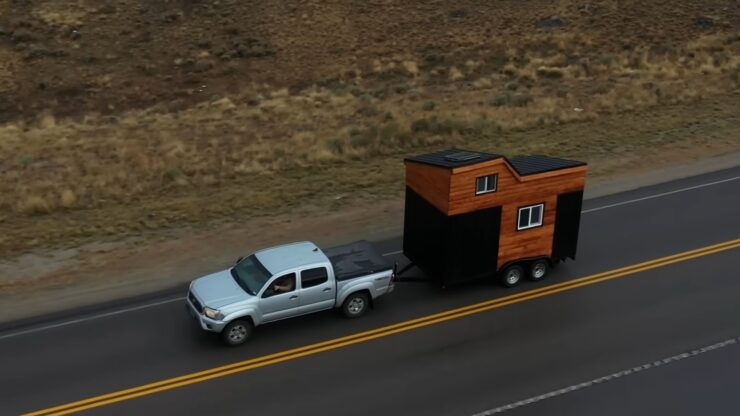
| Tiny house base type | Average base or shell cost | Average finished home cost |
|---|---|---|
| Foundation | $3,000 – $8,000 | $33,000 – $78,000* |
| Trailer / wheels | $4,500 – $11,000 | $30,000 – $70,000 |
| Shipping container | $1,500 – $8,000 | $20,000 – $50,000+ |
| School bus | $4,000 – $10,000 | $30,000 – $50,000 |
Tiny House on Wheels Cost
A tiny house on wheels costs $30,000 to $70,000+, including the trailer, and offers you the ability to travel with your home. However, before purchasing a tiny home on wheels, consider how you will tow it and where you will park it.
- Some cities do not allow you to park a tiny house on wheels on a residential property, even if the house is deemed a permanent residence rather than an RV.
- Recreational Vehicle Industry Association (RVIA) certification may reduce property costs but permanently classifies the tiny house as an RV. Many cities do not allow RV parking in residential areas.
- RV or campground lot rental costs $250 to $1,500 per month, depending on which utilities are included. Some RV parks offer discounts for long-term stays.
Tiny House Trailer Costs
The trailer is the unsung hero of any tiny house on wheels. It’s the foundation that carries the weight and essence of the home. On average, a tiny house trailer will set you back anywhere from $4,500 to $11,000. This price range is influenced by factors such as its dimensions, materials used, and the specific design.
It’s imperative to invest in a top-notch trailer, as it’s not just about mobility but also the safety and longevity of your tiny home.
There are three primary styles of tiny house trailers to consider:
- Bumper Pull Hitch: This style connects through a ball hitch located at the rear of a towing vehicle or truck. It’s a common and straightforward attachment method.
- Gooseneck: This design extends over a truck’s bed, connecting via a ball hitch situated at the bed’s midpoint. It offers more stability, especially for longer trailers.
- 5th Wheel Hitch: This is akin to the gooseneck in design but uses a hinged-plate hitch for attachment instead of the ball hitch, providing a different towing experience.
Costs of Different Options
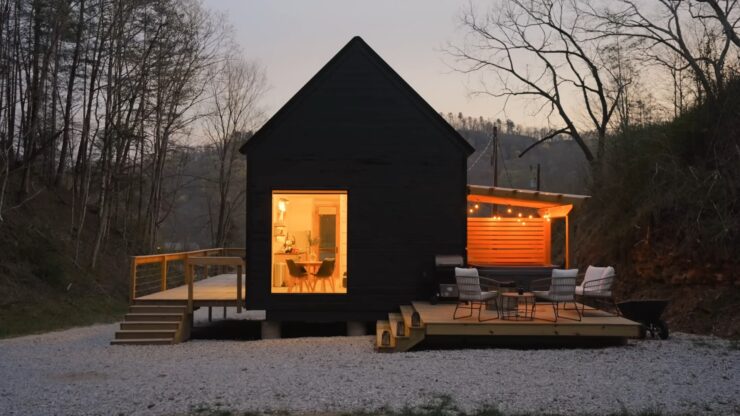
1. Tiny House on a Foundation: Building a tiny house with a solid foundation is akin to constructing a traditional home, albeit on a smaller scale. The average cost for such a home ranges from $33,000 to over $78,000, excluding the land’s price. The foundation itself, an essential component ensuring the home’s stability, can cost between $3,000 and $8,000. The type of foundation plays a significant role in determining its cost:
- Concrete Slab Foundation: This is the most cost-effective option, providing a flat, stable base for the home.
- Pier Footings and Crawlspace Foundations: These are priced at the higher end, offering benefits like elevated homes and space for utilities.
2. Shipping Container Tiny Homes: Repurposing shipping containers into homes has become a trendy and sustainable housing option. A compact home, using a single container, can cost between $20,000 and $50,000. However, for those looking for more space and luxury, combining multiple containers can push the price to a range of $100,000 to over $250,000. The cost of the container itself varies:
- 20′ Shipping Container: A used one typically costs between $1,500 and $5,000.
- 40′ Shipping Container: These larger containers range from $6,000 to $8,000.
3. Bus to Tiny Home Conversion: Transforming a bus into a cozy, mobile living space is a dream for many. On average, this adventurous endeavor will cost between $30,000 and $50,000. This estimate includes the bus’s price and the expenses for labor and materials to customize the interior. The bus’s cost is influenced by its size, mileage, and overall condition:
- Bus Price: Depending on the factors mentioned, a bus can set you back anywhere from $4,000 to over $10,000.
FAQ
How much does it cost to build a tiny house in California?
Building a tiny house in California can be more expensive than in other states due to higher material costs, labor rates, and strict building codes. On average, the cost can range from $40,000 to over $100,000, depending on the design, materials, and location within the state. It’s essential to factor in additional costs like permits and inspections, which can vary based on local regulations.
Is it legal to live in a tiny house in Florida?
Yes, it is legal to live in a tiny house in Florida, but with certain conditions. Local zoning regulations and building codes dictate where tiny houses can be placed and how they can be used. Some counties and cities are more tiny house-friendly than others. It’s crucial to check with local authorities and understand the specific requirements and restrictions.
Where is the best place to build a tiny home?
The best place to build a tiny home depends on individual preferences and priorities. Factors to consider include local building codes, climate, accessibility to amenities, and community support. States like Oregon, Texas, and North Carolina have cities that are particularly welcoming to tiny house enthusiasts, offering more lenient regulations and supportive communities.
Can you buy land and put a tiny house on it in Florida?
Yes, you can buy land and place a tiny house on it in Florida. However, the type of tiny house (on wheels vs. on a foundation) and its intended use (primary residence vs. vacation home) can affect where it can be legally placed. It’s essential to check local zoning laws, building codes, and HOA regulations before making a purchase.
Where is the cheapest place to put a tiny house?
The cheapest places to put a tiny house are often in rural areas with lower land costs and fewer zoning restrictions. States in the Midwest, such as Kansas and Missouri, tend to have more affordable land prices. However, it’s essential to consider factors like accessibility to utilities, amenities, and potential isolation when choosing a location.
Can you put a tiny home on land in Florida?
Yes, you can place a tiny home on land in Florida, but it’s subject to local regulations. Some counties and cities have specific zones where tiny homes are allowed, while others may have restrictions. It’s crucial to research and obtain the necessary permits before placing a tiny home on any piece of land.
Final Words
In conclusion, the world of tiny homes offers a diverse range of options, each with its unique charm, functionality, and price point. Whether you’re drawn to the mobility of a house on wheels, the sturdiness of a foundation-based home, or the innovative repurposing of shipping containers and buses, there’s a tiny home out there that fits your vision and budget.
As the tiny house movement continues to grow, it’s evident that the appeal of minimalist living, combined with efficient space utilization, resonates with many. Whether you’re looking to downsize, travel, or simply live more sustainably, tiny homes provide a path to achieving those dreams.

